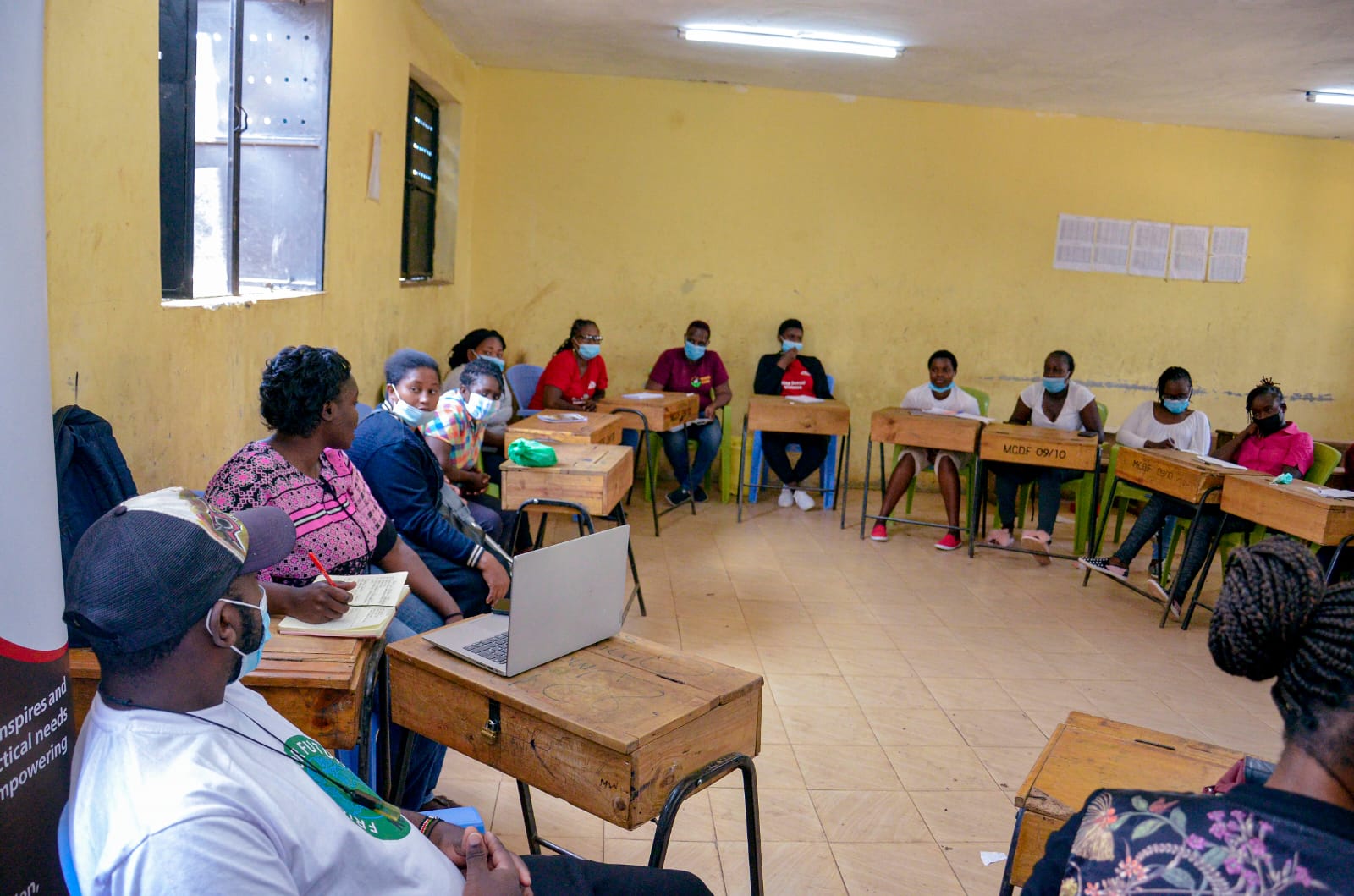Introduction.
Storytelling is one of the oldest and most powerful forms of communication. It has been used across different cultures and generations to educate, inspire, and bring people together. Stories help to preserve history, pass down traditions, and share values in ways that engage both the heart and mind.
From the ancient oral traditions of Africa griots and native American folklore to the written epics of Greek mythology and modern digital storytelling, the art of telling stories has played a crucial role in shaping societies. Indigenous cultures have relied on storytelling to teach survival skills, morality, and cultural identity, while religious traditions use parables and fables to convey spiritual teachings. In contemporary times, storytelling continues to be a vital tool in journalism, marketing, education, and community development.
Through storytelling, communities can strengthen their sense of identity, promote social cohesion, and drive collective action. Whether through spoken word, literature, theater, film, or digital media, storytelling remains an effective means of fostering connection and engagement within communities.
The Importance of Storytelling in Community Engagement.
- Storytelling plays a crucial role in community engagement as it fosters connections, builds trust, and inspires collective action.
- Stories create an emotional resonance that facts and statistics alone cannot achieve.
- Through storytelling, community members can share their experiences, preserve their history, and create a shared vision for the future. It humanizes social issues, making them more relatable and motivating individuals to participate actively in community initiatives.
- Additionally, storytelling helps break down barriers, encourage empathy and give a voice to marginalized groups, ensuring inclusivity and representation in decision-making processes.
Methods of Storytelling for Community Engagement.
- Oral storytelling: Traditional and cultural narratives passed down through spoken word create strong interpersonal connections. Community meetings, town halls, and cultural gatherings done by community members, often use this method to share their experiences and build solidarity.
- Digital storytelling: Using videos, social media, blogs, and podcasts allows communities to share stories on a larger scale. This method is particularly effective in reaching younger audiences and fostering engagement beyond geographic boundaries.
- Visual storytelling: Photos, murals, and infographics can communicate powerful messages in a way that transcends language barriers. Community-driven art projects, photo exhibitions, and graphic novels can be compelling storytelling tools.
- Written storytelling: Books, newsletters, blogs and articles document community experiences and keep historical records. Written narratives ensure that stories are preserved for future generations and can be widely distributed.
- Interactive storytelling: Theater, role-playing, and community-led performance encourage participation and provide an immersive experience. This method is often used in awareness campaigns and educational programs.
Best Practices for Effective Storytelling in Community Engagement:
- Authenticity-Stories should be genuine, relatable, and reflective of real community experiences. Authenticity fosters trust and credibility.
- Inclusivity- Representation matters. Ensuring that diverse voices, including those from underrepresented communities, are included in storytelling efforts.
- Emotional connection- A compelling story should evoke emotions such as empathy, hope, or urgency, making it more impactful and memorable.
- Call to Action- Effective storytelling should inspire action, whether it is advocacy, volunteerism, or policy change.
- Adaptability- Tailor storytelling methods to suit the audience, cultural context, and medium of communication.
Three Storytelling Initiatives and Their Implementation:
- Community Story Circles: Implementation- Organize small group gatherings where community members share personal stories about local issues, experiences, and history. Facilitators guide discussion to ensure a safe and inclusive space for all participants. The shared narratives can be documented and used for advocacy or community-building effort.
- Digital Storytelling Campaigns: Implementation-Utilize social media, blogs, and video platforms to share impactful community stories. This can involve short documentaries, testimonial videos, or user-generated content highlighting local projects, challenges, or successes. These campaigns can be amplified through hashtags, influencer collaborations, and multimedia content to reach wider audiences.
- Community Art and Moral Project: Implementation-Engage local artists and residents in creating murals or public art installations that reflect the history, values, and aspiration of the community. Workshops and collaborative painting sessions can be organized to involve community members, fostering a sense of ownership and pride in the final artwork.
CONCLUSION
Storytelling is a powerful tool in a community engagement, as it connects people, fostering understanding, and drives meaningful action. By utilizing various storytelling methods and following best practices, communities can create impactful narratives that inspire positive change.
Using storytelling as a tool for community engagement is highly effective because it fosters connections, builds trust, and encourages participation. Stories create emotional resonance, making complex issues more relatable and inspiring collective action. They also preserve cultural heritage, amplify diverse voices, and strengthen community identity. By sharing personal or collective narratives, communities can bridge diversity, generate empathy, and drive social change. Whether through oral traditions, digital media, or interactive events, storytelling remains a powerful tool for uniting people around shared goals and values. When used strategically, it enhances communication, deepens relationships, and empowers individuals to contribute meaningfully to their communities.



